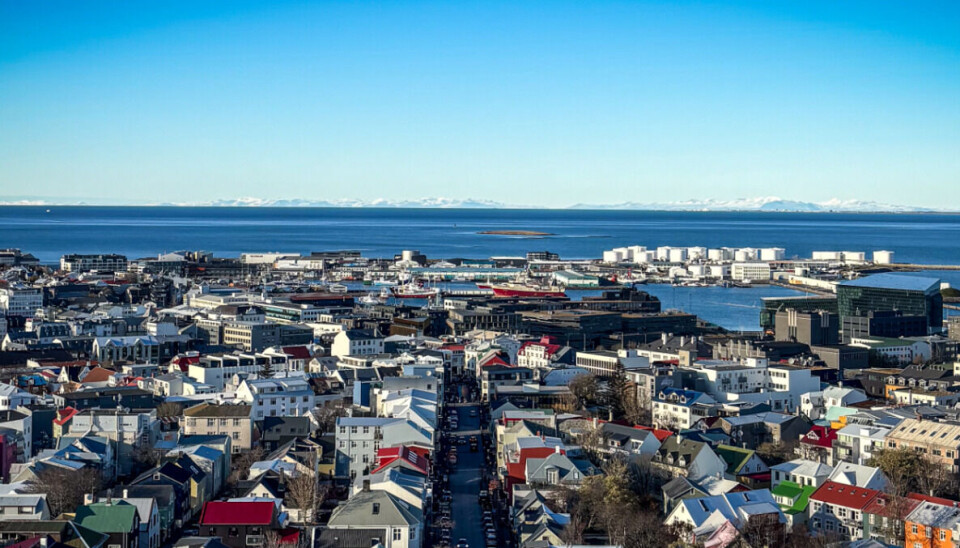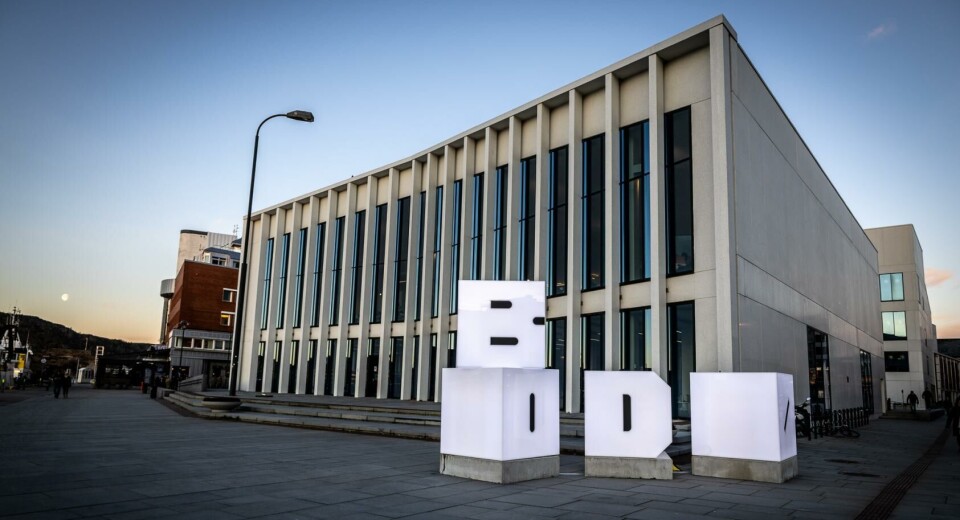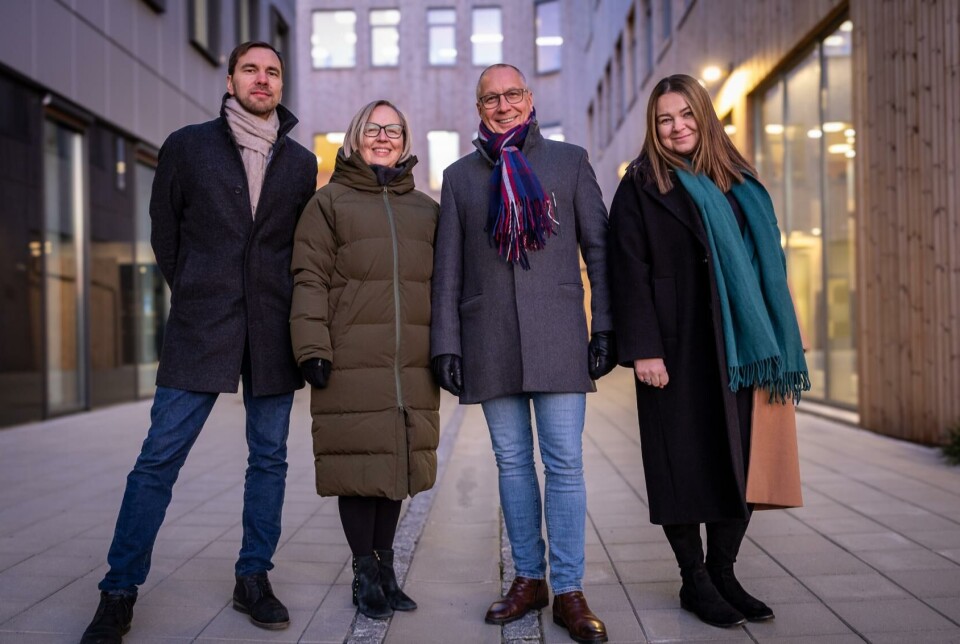THIS CONTENT IS BROUGHT TO YOU BY Nord University - read more
5 things you didn't know about smart cities in the Arctic
Smart city solutions that work perfectly in the south often fail in Arctic conditions. New research shows why, as well as what Arctic communities can do about it.

When we think about smart cities, we often picture bustling metropolises like Singapore or Dubai.
But what happens when smart city technologies meet Arctic conditions?
A four-year research project involving six countries shows that the interpretation of ‘smart’ varies significantly across different parts of the Arctic.
Led by Nord University's High North Center, the project has brought together researchers and practitioners from seven different Arctic countries.
Their goal was to understand how smart city solutions can work in a region where winter transforms entire cities, where populations are scattered across vast distances, and where traditional knowledge meets modern technology.
Here are 5 key findings from the project:
1. Technology needs careful interpretation
Smart cities are not a universal solution for a sustainable future in the High North.

Solutions designed for warmer climates often need a complete redesign to function in Arctic conditions – sometimes technology alone is not the answer.
“We need to be really careful how we interpret the concept,” says Associate Professor Evgenii Aleksandrov.
2. 'Smart' means different things across the Arctic
While Norway and Sweden talk about smart cities, Alaska and Canada focus on ‘smart communities,’ and Finland emphasises ‘smart ecosystems.’
These are not just different words – they reflect different approaches to the concept.
“We use the term smart societies as an overarching concept as it allows for multiple perspectives,” says Associate Professor Nadezda Nazarova.
3. Traditional knowledge remains crucial
In Alaska, communities have tracked whale movements for generations.
While apps can now predict whale arrivals, relying solely on technology risks losing valuable traditional knowledge.
4. Students are part of the solution
Universities are involving students in real smart city projects, working directly with municipalities to develop practical solutions for the future.
“Real-life cases make it much easier for students to understand how to implement theory in practical life,” says Associate Professor Elena Dybtsyna.
5. Local involvement is essential
The research shows that copying southern smart city models does not work. Arctic communities need to develop approaches based on their unique conditions.
Local involvement is therefore also very important.
Arctic countries must work together to develop solutions tailored to their unique conditions, potentially creating innovations that could help other regions adapt to extreme conditions.

In Bodø, for example, citizens actively participate in making their city smarter through real-world projects. This shows that smart solutions must grow from local needs.
“Smart city development shouldn't be given to technocrats and bureaucrats. It requires continuous dialogue with locals, with stakeholders, with citizens,” concludes Professor Anatoli Bourmistrov.

This content is paid for and presented by Nord University
This content is created by Nord University's communication staff, who use this platform to communicate science and share results from research with the public. Nord University is one of more than 80 owners of ScienceNorway.no. Read more here.
More content from Nord University:
-
Kateryna's university has been bombed three times – but she's still teaching
-
AI sparked an idea that could improve road safety in Norway
-
These algae have been adapting for hundreds of millions of years
-
Could traces of bacteria in water combat salmon disease?
-
Bladderwrack in animal feed has the potential to reduce methane emissions
-
Researchers unveil the genetic history of the great white shark




































